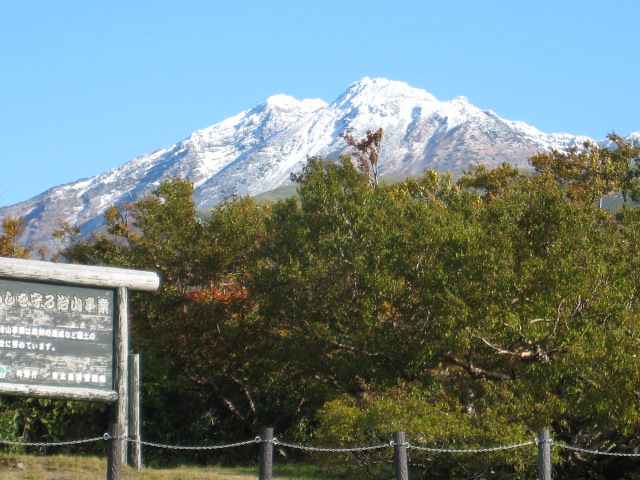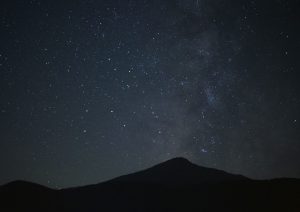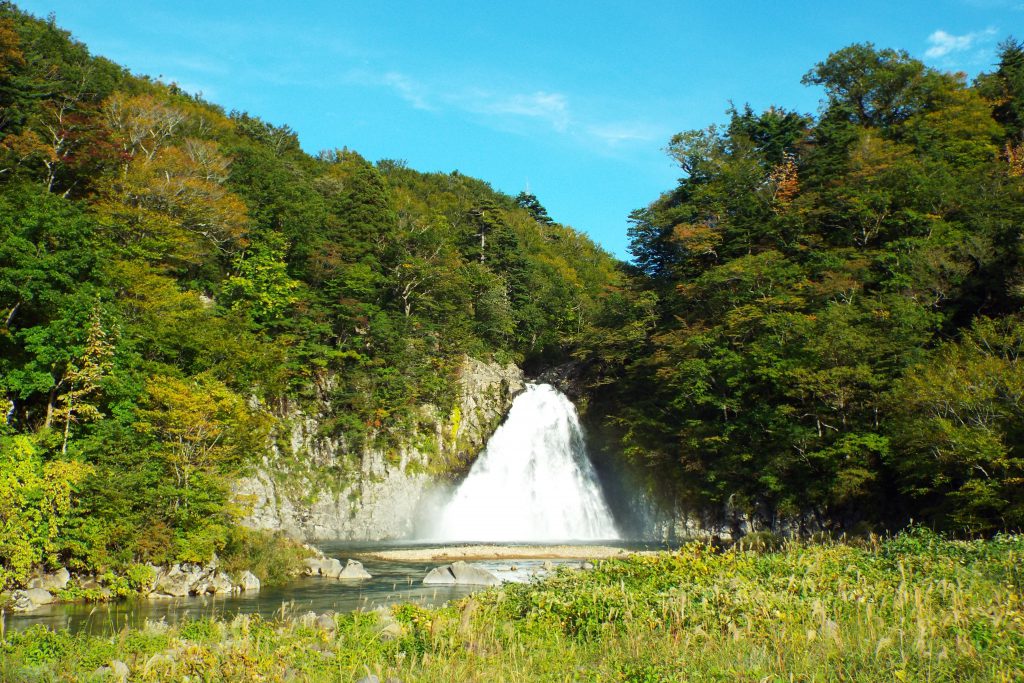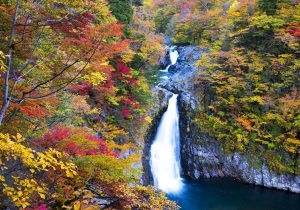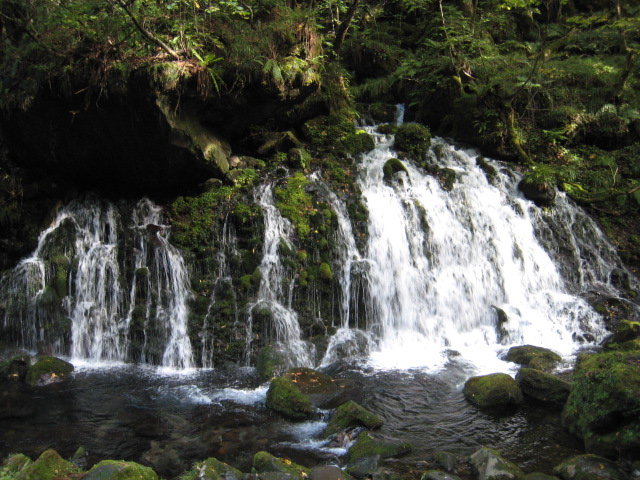[:en]
13. Kujukushima Islands
location: Kisakata, Nikaho City
After Mount Chokai erupted in 466 BC, lava flowed down into the shallow waters of the Japan Sea, thereby forming many small islands along the coast from this clash of hot molten rocks with sea water.
Over time sedimentation caused the shallow sea to divide into sand dunes, with the result that the coastal landscape was transformed into many lagoons around the group of islands.
Each of these small islands was thickly covered with pine trees, and this picturesque scene of many pine-clad islands became a feature of the Kisakata coastline.
The celebrated haiku poet Matsuo Basho visited the area and introduced these islands in “Oku-no-Hosomichi” (The Narrow Road to the Deep North) in the Edo Period.
However, in 1804, a dramatic change occured when a series of earthquakes caused the seabed to rise up and the water around the islands was pushed out to sea. As a result, the 99 islands became landlocked, and have remained that way since then.
In spring and early summer, during the rice planting season, you can imagine the pre-earthquake scene of the ninety-nine islands because the surrounding rice fields are then filled with water.
Please visit the Michi-no-Eki Kisakata (Kisakata Roadside Station) and climb the observatory in Nemu-no-Oka so that you can enjoy the panoramic view of where the original islands stood.
keywords: nature, crustal movement
features: islands in the countryside, geological activity, haiku poems
written by A. Wakabayashi

[:ja]
名称 九十九島 (くじゅうくしま)
種別 自然 地殻変動
場所 にかほ市象潟
イメージ 田園の中の島々 地殻変動 俳句
概要
紀元前466年に鳥海山が噴火し、発生した大規模な山体崩壊による流れ山が日本海に流れ込み、浅い海と多くの小さな島々ができあがった。やがて堆積作用の結果、浅海は砂丘によって仕切られて潟湖ができた。その小さな島々には松が生い茂り、風光明媚な象潟の地形ができあがった。
文化元年(1804年)の象潟地震で海底が隆起し、陸地に島がある現在の景色になった。江戸時代の俳人松尾芭蕉の「奥の細道」にその島々が読まれている。
田植え時期は、周囲の田に水が張られ、従時の九十九島を想像できます。
九十九島の全体像が良く見える「道の駅象潟」ねむの丘展望台にも行ってみたい。
A.WAKABAYASHI

[:]
